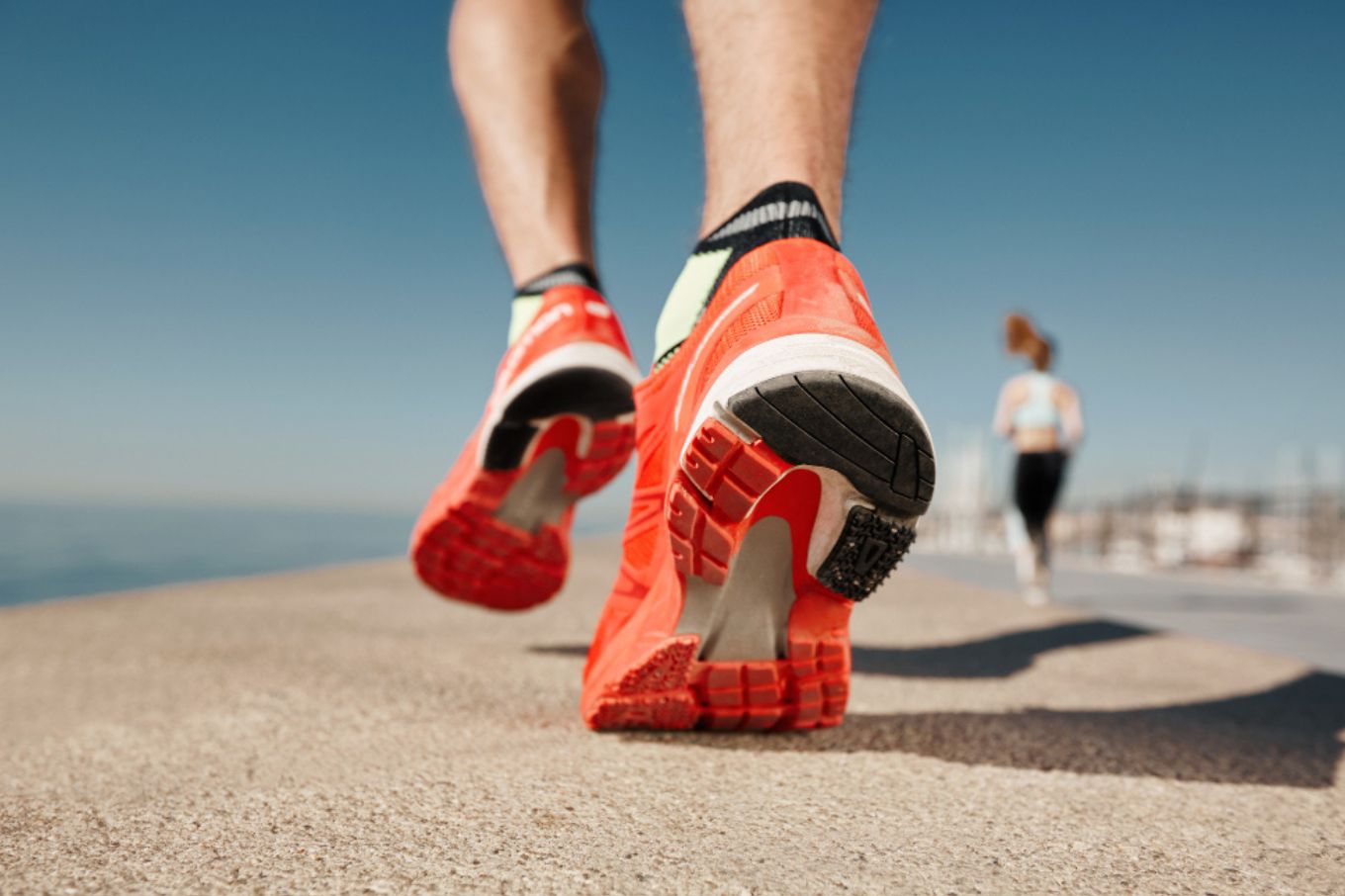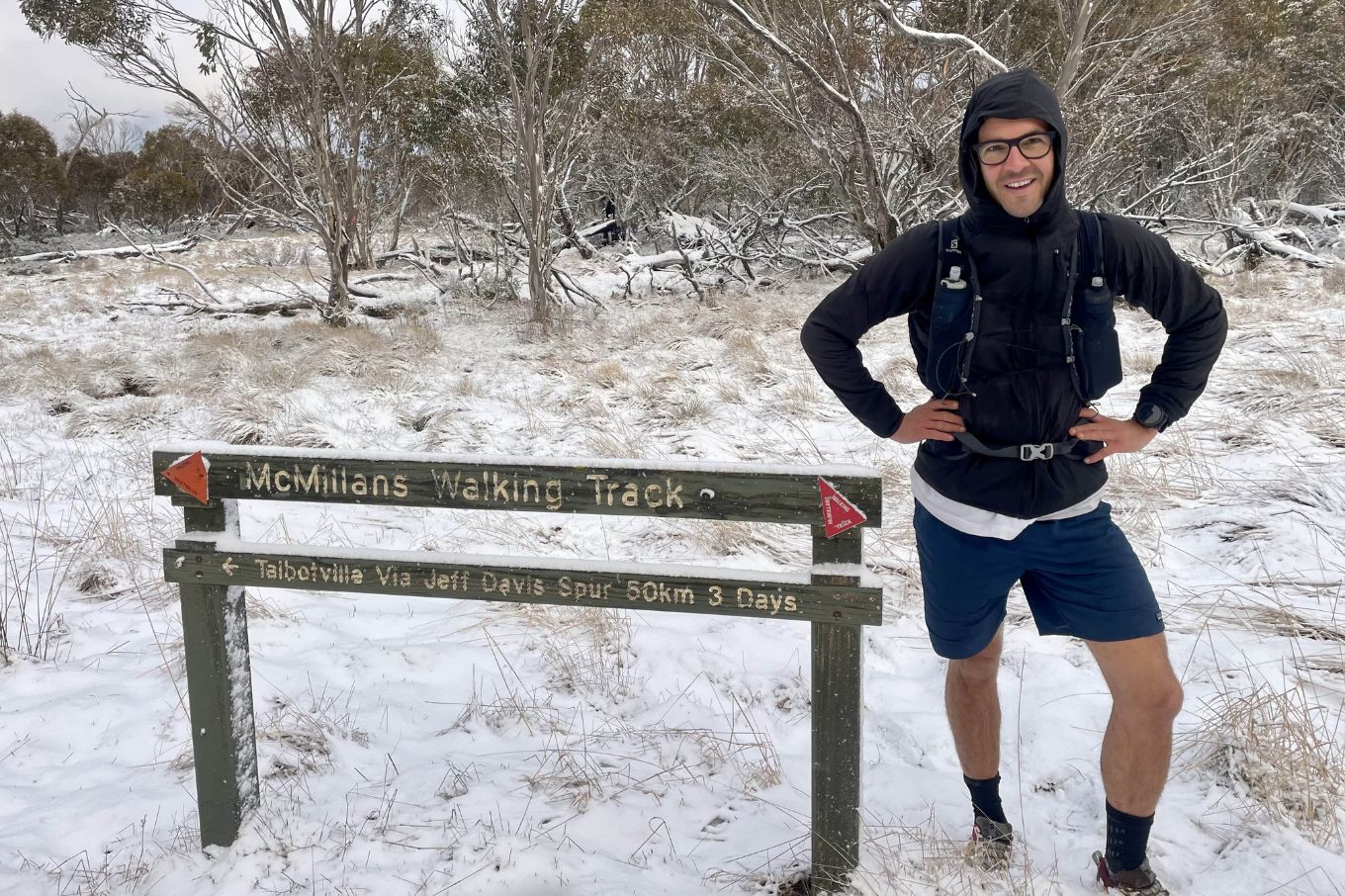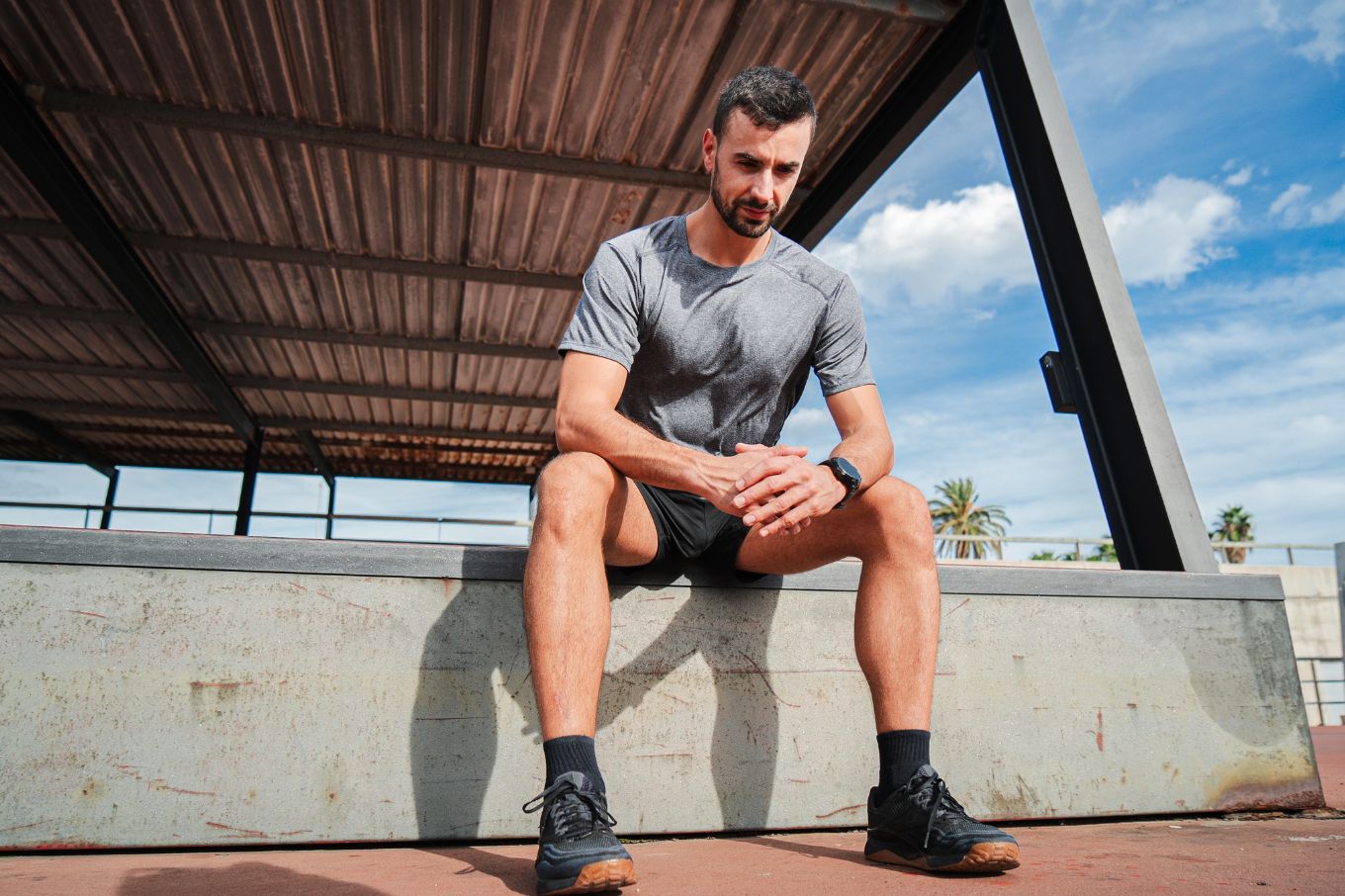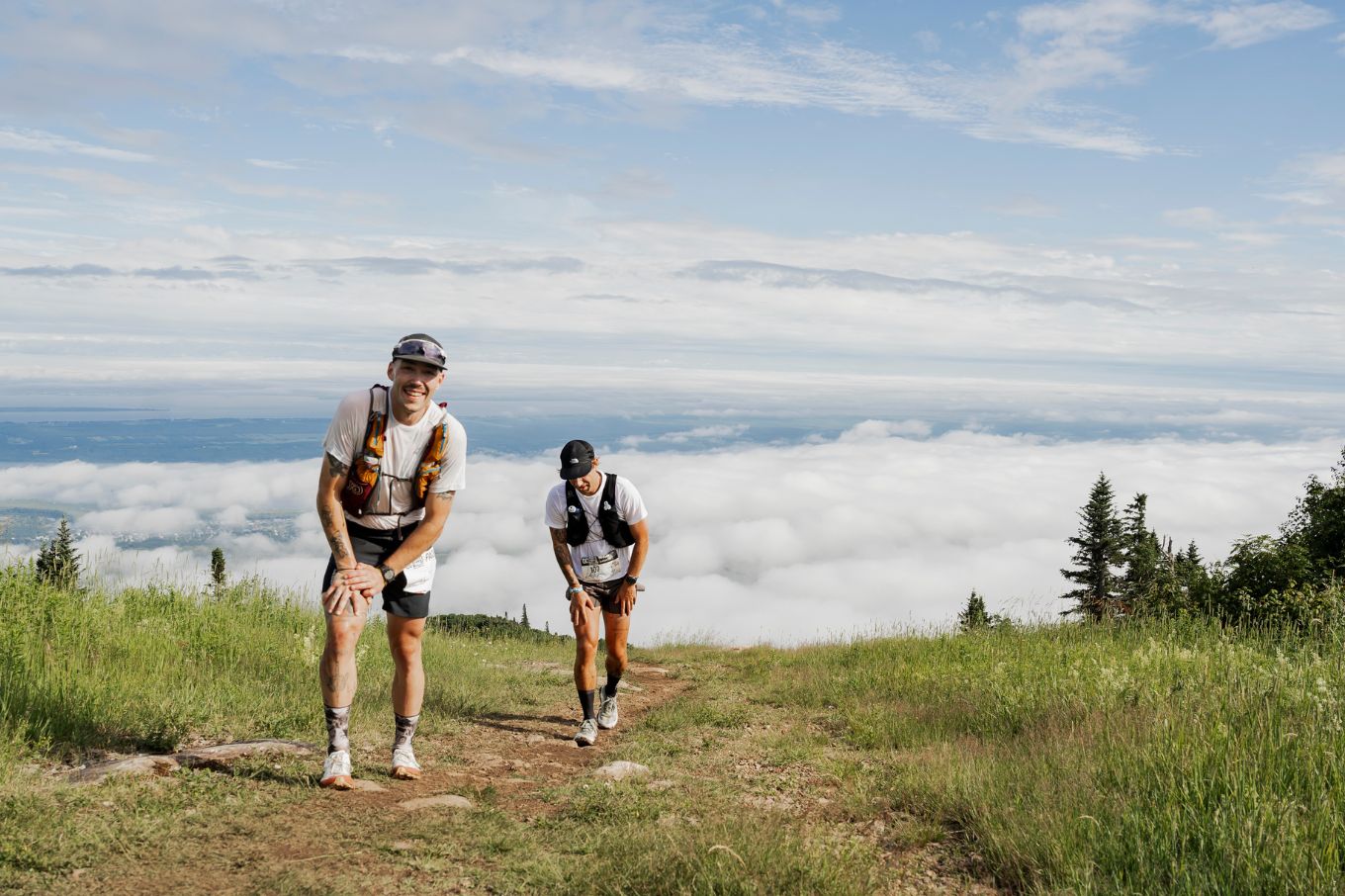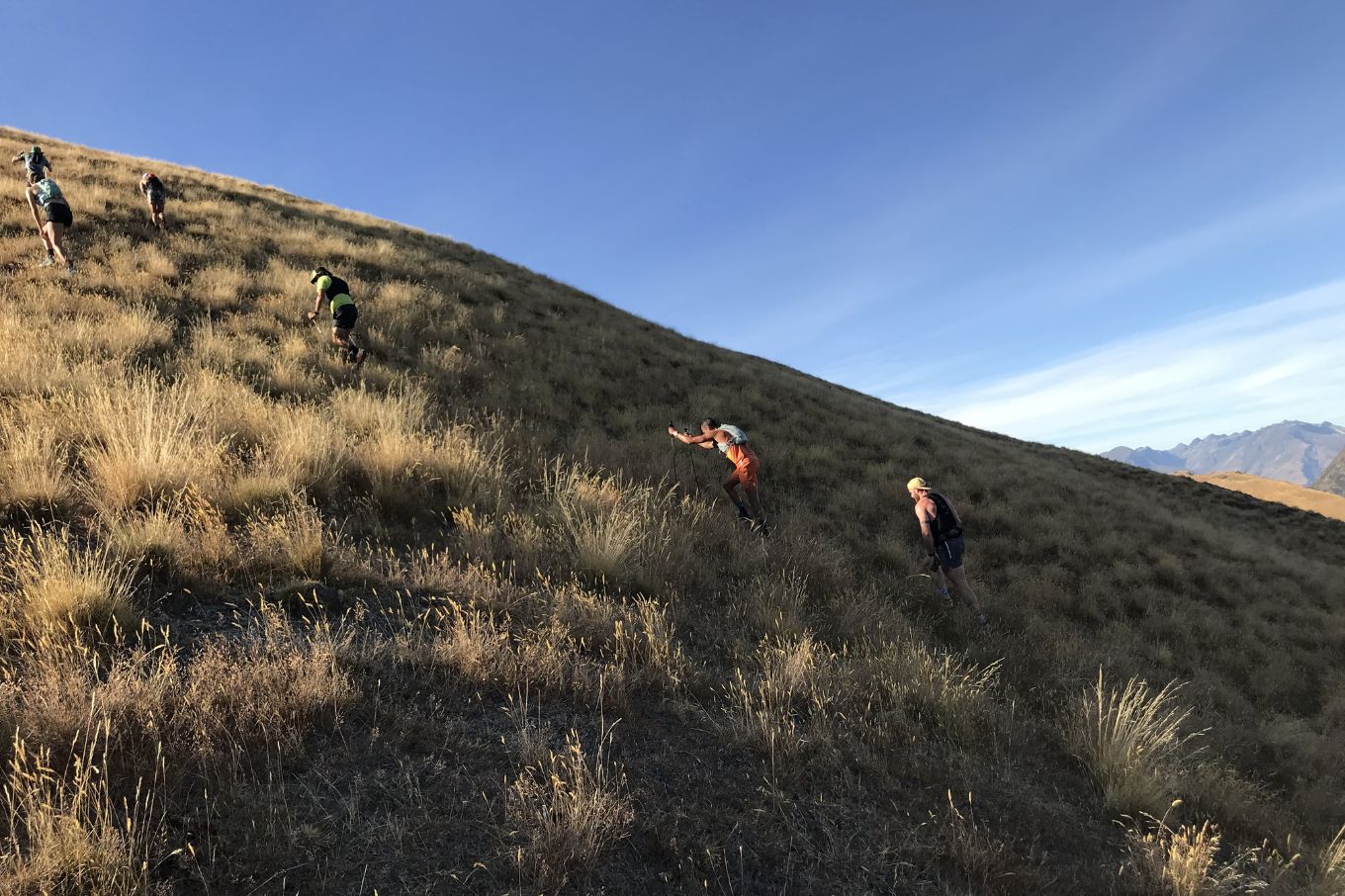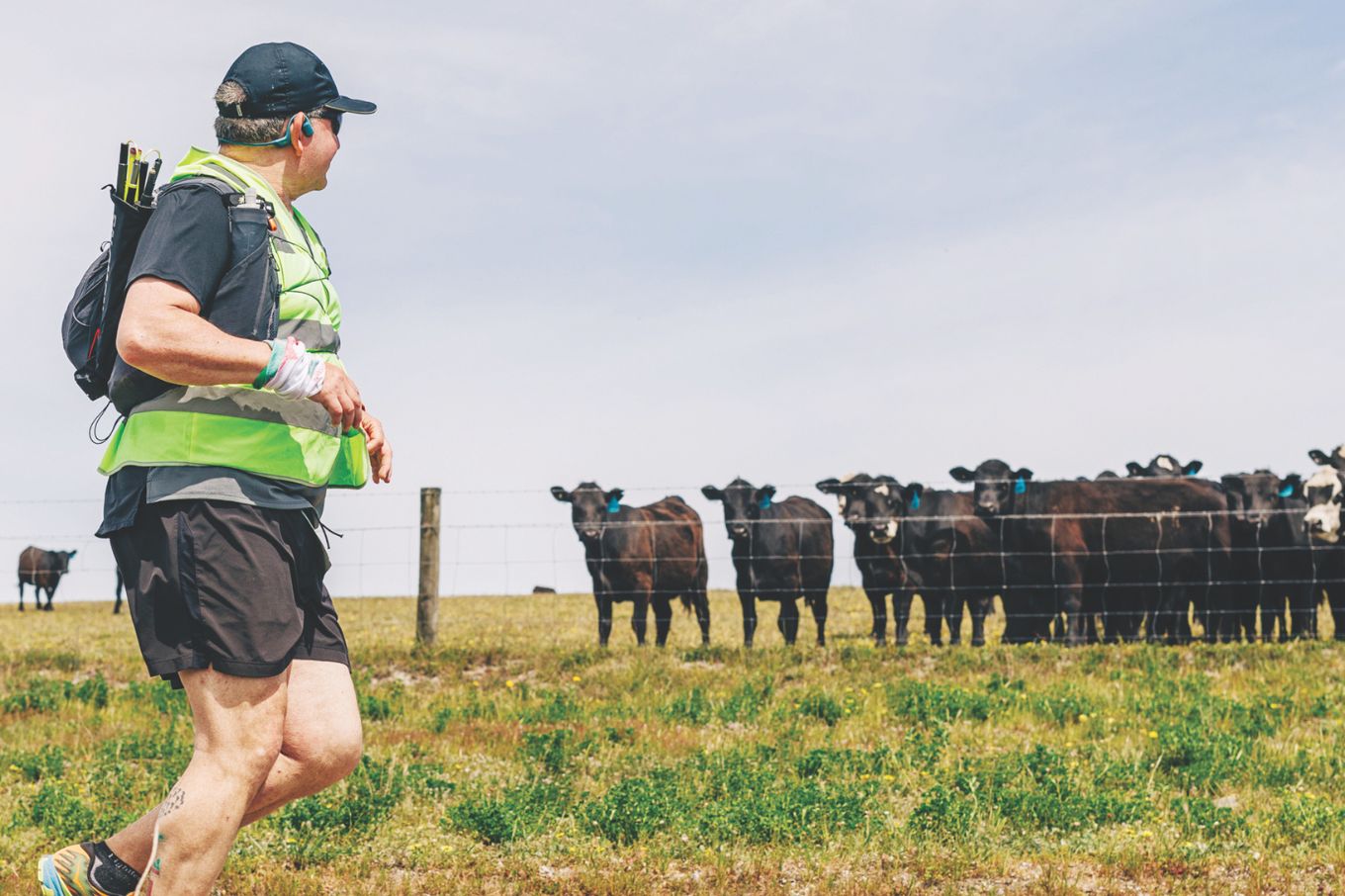Whether you’re training for a trail ultra or enjoying a weekend run on a regular trail, your feet are hard at work. Your feet cushion shocks, navigate uneven terrain, and propel you forward with every step. However, feet are also prone to injury, irritation and excessive strain. Taking proper care of your feet is one of the most important things you can do to run longer, faster and pain-free.
These five tips can help prevent common problems like heel pain, Achilles tendinopathy, and ingrown toenails, especially for running enthusiasts who regularly visit Trail Run Magazine for advice and inspiration.
1. Choose the Right Shoes (And Break Them In)
Trail running involves a lot of uneven terrain, rocks, tree roots, and significant elevation changes, which is why your shoes are so important. Choose trail running shoes that fit properly (not too tight or loose) to provide enough support for your feet’ arches and proper grip for the terrain you’re running on. If running on technical trails, look for features like rock plates and reinforced toe boxes.
Don’t run long distances in new shoes right away. Instead, use them gradually by wearing them for walking or casual running. This will reduce the risk of blisters, heel pain and pressure injuries.
2. Don’t Skip the Warm-Up
Jumping into running without preparing your muscles and tendons can lead to injury, especially to the Achilles and calf muscles. This lack of preparation is a common cause of Achilles tendinopathy, which causes pain and stiffness in the tendon that connects the calf muscle to the heel.
A proper warm-up can increase blood flow, raise muscle temperature and improve flexibility, all of which help reduce the risk of tendon tears or inflammation. Start with 5-10 minutes of light activity such as walking or light jogging, followed by dynamic stretches such as calf raises, ankle twists and high knees. This routine is especially important before an uphill session or long run.
3. Keep Your Toenails Trimmed (The Right Way)
Trail runners often deal with bruises or even nail loss. This is usually caused by too-tight shoes or a long descent, which causes the toes to hit the front of the shoe. However, one of the most painful problems is ingrown toenails.
To prevent this, cut your nails straight – don’t round the edges, and avoid cutting them too short. Also, make sure your shoes have enough room in the toe area. Then, wearing moisture-wicking socks will help reduce friction and skin irritation.
4. Listen to Pain (It’s a Warning Sign)
Pain is your body’s way of telling you something is wrong, so don’t ignore it. A dull ache after a long run may be normal, but a sharp or recurring pain while running is abnormal. If you feel persistent pain in the heel, stiffness in the Achilles, or inflammation around the toes or ball of the foot, stop and get it checked out. Continuing to run with pain can turn a minor problem into a chronic injury.
Compress with ice, rest for a few days, and stretch gently. See a podiatrist or sports health specialist if the pain does not improve or continues to recur.
5. Rotate Your Terrain and Load
Trail runners often get stuck in the same patterns, such as riding the same trails, at the same pace, and wearing the same shoes. However, repetitive stress on the same tissues can lead to overuse injuries. To avoid this, vary the terrain you want to ride on. Alternate between technical single-track, fire trails, and soft ground. Mix your pace with intervals, slow recovery, and hill runs to activate different muscle groups.
Keep Running Strong with Healthy Feet
Taking care of your feet doesn’t require a complicated routine- just consistency and attention to detail. From proper footwear and warm-ups to competent nail care and exercise variety, these tips will help you stay injury-free and confident on the trail.

